
Taking care of your dentures is an important part of caring, not only for your dentures, but you mouth, as well. The most important parts of denture and denture-wearer care is proper removal and storage of your dentures and cleaning of your dentures and mouth. Many people have some kind of false-teeth apparatus--from full dentures to partials--and if you struggle with the removal of your dentures or experience discomfort when you take them out, here are a few tips to make it a little easier.
Fill your sink with warm water, and place a rolled towel along the sinks edge. If you have tile or other hard-surface floors in your bathroom, you may want to place a towel on the floor or stand on a soft bathroom rug to prevent your dentures from cracking if they pop out of your mouth and fall to the sink or floor.
Gargle with warm water. Warm water will help to release the seal on your denture adhesive, which will make them easier to remove.
Remove the bottom denture. Hold the middle of your bottom teeth between your thumb and middle finger, and gently rock the denture back and forth. Be patient and go slowly so as not to irritate your gums. Once the denture has become loose, you can remove it by pulling it up and out.
Remove the top denture. The top denture may be a little more difficult to remove because of the larger plain that it sits on. You can follow the same rocking motion as you did with the bottom teeth, but be careful not to scrape the top of your gums. Concentrate on pushing up and out toward your nose.
Soak your dentures. Fill a glass with water, and add your denture cleanser. Let your dentures soak for five to 10 minutes. Make sure to read the packaging for your brand of denture cleanser for more detailed instructions on how to prepare the soak.
Remove excess residue from your mouth. While you dentures are soaking, you can work on removing the denture adhesive residue in your mouth. To remove the sticky denture glue from the roof of your mouth and gums, swish your mouth with warm water and follow that with a mouthwash rise. Brush your mouth, gums and the roof of your mouth with a soft-bristled toothbrush and toothpaste.
Remove denture residue from the dentures. Once your dentures have soaked for about 10 minutes, the adhesive should have effectively loosened. Remove them from the denture soak, and brush them with your denture brush, paste and warm water. You should brush for at least two minutes to properly clean and disinfect your dentures.
For hard-to-remove denture residue, gargle with warm to hot salt water (as warm as is bearable), and then use a washcloth to gently rub at your gums, teeth and the roof of your mouth. The wash cloth will help to loosen denture glue and serve as a place for the adhesive to latch onto. Once you’ve gargled and rubbed, swish you mouth with warm water to rinse.
Related Articles

How to Dissolve Denture Adhesive

How to Clean Stains From False Teeth
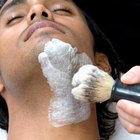
How to Clean Blades of Oster Clippers
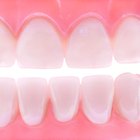
How to Soften Plaque on Teeth

Instructions for a Grillz Fixing Bar

How to Remove Tobacco Stains From a ...

How to Remove Braces With Lemon

How to Get the Smell of Fingernail ...
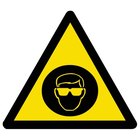
How to Sterilize Safety Goggles

How to Clean Dentures With Bleach

How to Take Out a Cartilage Earring ...
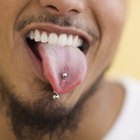
How to Treat a Fresh Tongue Piercing
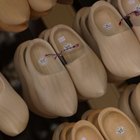
How to Use Inserts With Dansko ...
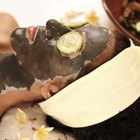
How to Make a Dead Sea Mud Mask

How to Get Your Teeth White in 10 ...

How to Stop Pierced Ears From Seeping

How to Remove a Tongue Ring

How to Get Rid of Belly Button Odor

How to Change the Battery on an Oral-B ...

How to Reset a Sonicare
Writer Bio
Based in New York, Jillian Downer has been writing travel, fashion, and active lifestyle articles since 2004. Her work has appeared in "Travel + Leisure," "Outside Magazine," "Women's Health," "Footwear News," and "US News & World Report." Downer holds a Master of Arts in comparative literature from New York University.
Photo Credits
extremefunnyhumor.com